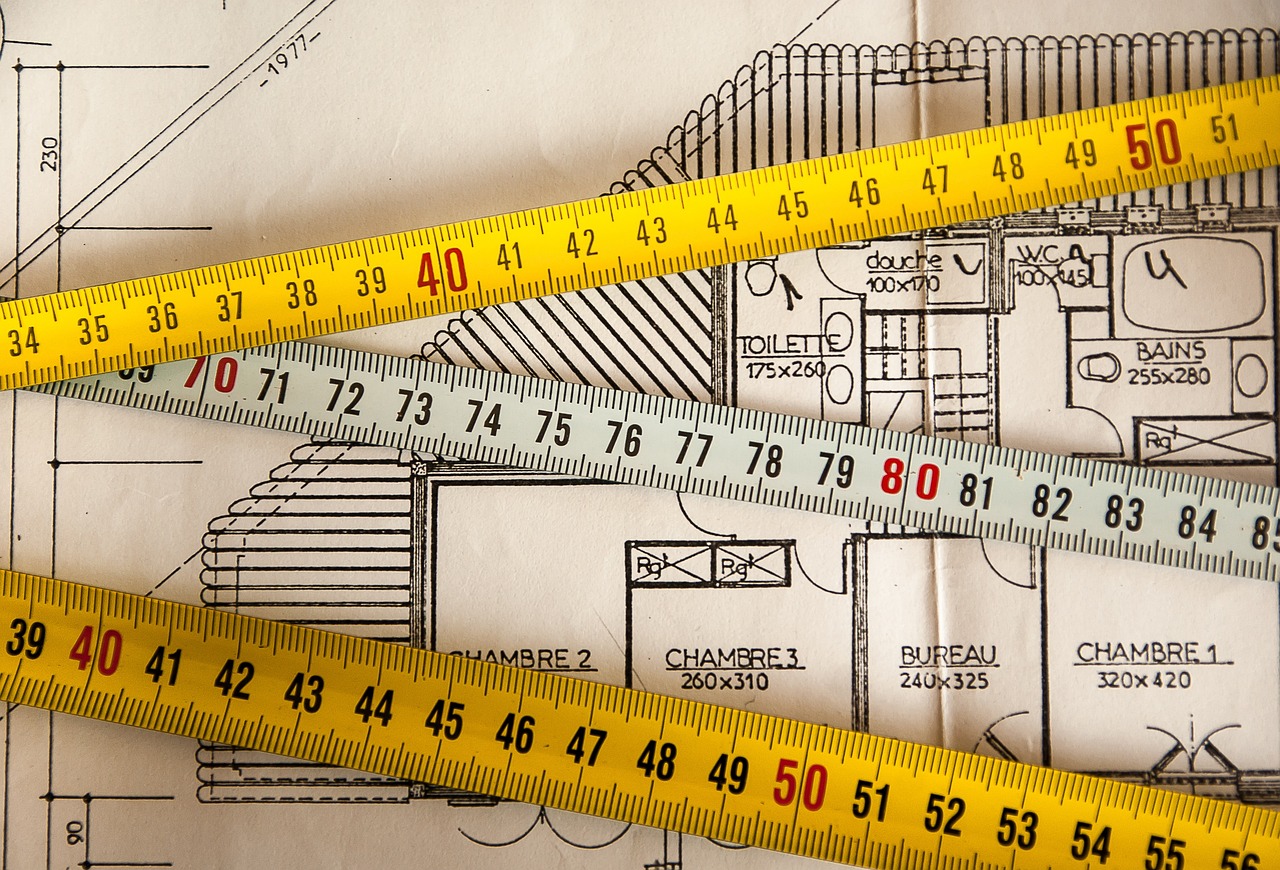
-
Table of Contents
- Innovative Architects: Shaping the Future of Design
- Redefining Sustainability in Architecture
- Green Building Materials
- Energy-Efficient Designs
- Embracing Technology in Architectural Design
- Building Information Modeling (BIM)
- 3D Printing in Construction
- Innovative Architectural Projects Around the World
- The Edge, Amsterdam
- Marina Bay Sands, Singapore
- The Role of Architects in Social Impact
- Affordable Housing Solutions
- Public Spaces and Urban Renewal
- Conclusion
Innovative Architect: Shaping the Future of Design
Architecture has always been a reflection of society’s values, technological advancements, and cultural shifts. Today, innovative architects are pushing the boundaries of design, creating structures that are not only aesthetically pleasing but also sustainable, functional, and responsive to the needs of the modern world. This article explores the groundbreaking work of these visionaries and how they are shaping the future of design.
Redefining Sustainability in Architecture
Sustainability has become a cornerstone of modern architecture. Architects are increasingly focusing on creating buildings that minimize environmental impact and promote energy efficiency. This shift is driven by the urgent need to address climate change and reduce carbon footprints.
Green Building Materials
One of the key trends in sustainable architecture is the use of green building materials. These materials are sourced responsibly and have a lower environmental impact compared to traditional options. Examples include:
- Bamboo: A fast-growing, renewable resource that is strong and versatile.
- Recycled steel: Reduces the need for new steel production, which is energy-intensive.
- Rammed earth: Utilizes natural soil and has excellent thermal properties.
Energy-Efficient Designs
Energy efficiency is another critical aspect of sustainable architecture. Innovative architects are incorporating features such as:
- Solar panels: Harnessing renewable energy to power buildings.
- Green roofs: Reducing heat absorption and providing insulation.
- Passive design: Maximizing natural light and ventilation to reduce energy consumption.
Embracing Technology in Architectural Design
Technology is revolutionizing the field of architecture. From advanced software to cutting-edge construction techniques, architects are leveraging technology to create more efficient and innovative designs.
Building Information Modeling (BIM)
BIM is a digital representation of a building’s physical and functional characteristics. It allows architects to create detailed 3D models and simulate various aspects of the building process. Benefits of BIM include:
- Improved collaboration: Facilitates communication among stakeholders.
- Enhanced accuracy: Reduces errors and discrepancies in design.
- Cost savings: Optimizes resource allocation and reduces waste.
3D Printing in Construction
3D printing is emerging as a game-changer in construction. This technology enables the creation of complex structures with precision and speed. Notable examples include:
- Dubai’s Office of the Future: The world’s first 3D-printed office building.
- Apis Cor’s 3D-printed house: Built in just 24 hours using a mobile 3D printer.
Innovative Architectural Projects Around the World
Several architectural projects stand out for their innovation and impact. These projects showcase the potential of modern architecture to transform urban environments and improve quality of life.
The Edge, Amsterdam
The Edge is often hailed as the world’s most sustainable office building. Located in Amsterdam, this building features:
- Smart technology: Sensors that monitor and adjust lighting, temperature, and energy usage.
- Energy efficiency: Solar panels and an aquifer thermal energy storage system.
- Flexible workspaces: Designed to promote collaboration and well-being.
Marina Bay Sands, Singapore
Marina Bay Sands is an iconic example of innovative architecture. This integrated resort features:
- SkyPark: A rooftop park with stunning views and an infinity pool.
- Advanced engineering: Three interconnected towers with a unique design.
- Sustainability: Energy-efficient systems and green building practices.
The Role of Architects in Social Impact
Architects have a significant role in addressing social issues through design. By creating inclusive and accessible spaces, they can contribute to social equity and community well-being.
Affordable Housing Solutions
Innovative architects are developing affordable housing solutions to address the global housing crisis. Examples include:
- Micro-apartments: Compact living spaces that maximize functionality.
- Modular construction: Prefabricated units that reduce construction time and costs.
- Community-driven design: Involving residents in the design process to meet their needs.
Public Spaces and Urban Renewal
Public spaces play a crucial role in fostering community interaction and improving urban life. Architects are revitalizing urban areas by creating vibrant public spaces. Notable projects include:
- The High Line, New York City: A linear park built on a disused railway track.
- Millennium Park, Chicago: A public park featuring innovative art and architecture.
Conclusion
Innovative architects are at the forefront of shaping the future of design. By embracing sustainability, leveraging technology, and addressing social issues, they are creating buildings and spaces that are not only functional and beautiful but also responsive to the needs of our time. As we look to the future, the work of these visionaries will continue to inspire and transform the built environment.